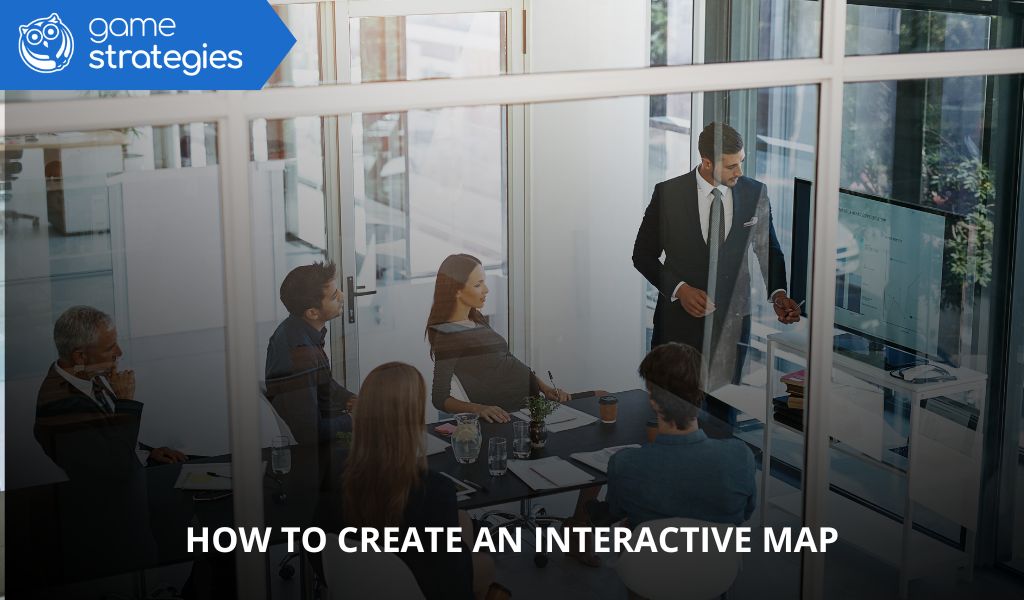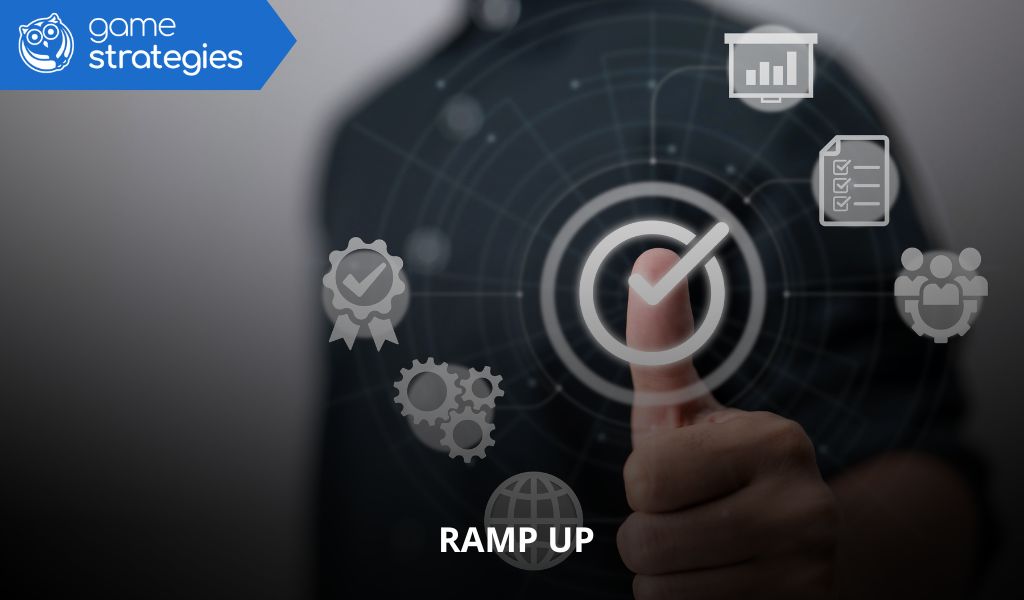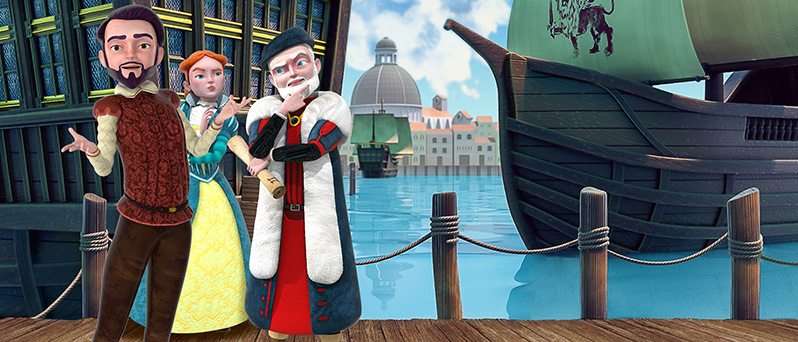In today’s increasingly digital corporate landscape, turning training into an immersive and engaging experience is no longer optional—it’s essential. Rather than relying on static visuals, at GameStrategies we design training video games where employees become the main character of their own personalised learning journey. In this article, we explain how to create an interactive map that unlocks gamified routes, what tools to use, and how to take your training programme to a new level of motivation and impact.
Why turn a learning path into a game-based experience?
More visual, more clarity: improving process and route comprehension
When you create an interactive map, you make it easier to understand complex workflows through a visual, navigable format. Employees can explore content at their own pace, interact with videos, documents and links, and access key resources without leaving the experience.
Interactive map vs static infographic: key differences
Static infographics deliver information in a linear format. An interactive map offers freedom of movement, multimedia content, and tailored navigation. It becomes a dynamic tool that reacts to the user’s actions and offers a richer, more engaging experience.
Perfect for onboarding, simulations, structured training or workflows
Interactive maps are ideal for guiding new hires, illustrating workflows, structuring simulations or organising modular learning paths. As users complete milestones, they unlock resources and progress through their personalised training journey.
Real use cases of interactive maps in corporate environments
Visualising training itineraries or learning landscapes
Knowing how to create an interactive map enables you to design visual journeys that take employees from onboarding to upskilling. Each stage includes key materials, assessments and visual content for a structured and personalised experience.
Presenting products, teams or departments in immersive formats
You can create an interactive map to present your company structure—each department brought to life with video, role descriptions and current projects. This approach improves organisational awareness and fosters better internal communication.
Gamification dynamics using progress checkpoints on the map
By integrating gamified elements, users are motivated to continue through achievements, levels and badges. These game mechanics increase engagement and make it easier to track progress and knowledge retention throughout the experience.
How to create an interactive map step by step
Step 1: define the map’s purpose (training, explanation, guidance, challenge)
Before designing your interactive map, clarify its primary purpose. Is it meant to train, guide through a process or simulate real situations? This will shape its design, content and narrative structure.
Step 2: choose the type of map (geographical, conceptual, organisational…)
The map format should align with your objectives. A geographical map is ideal for displaying locations; a conceptual one shows connections between ideas; an organisational map visualises company structure.
Step 3: use tools like Genially, Figma or StoryMapJS
- Genially: great for creating visually rich, interactive presentations.
- Figma: excellent for interface prototyping and creating customised training flows.
- StoryMapJS: best for geographic maps with integrated timelines.
Step 4: add layers of interactivity: links, videos, checkpoints
To keep users engaged, include elements that encourage exploration:
- Links to tasks or resources
- Videos to explain core concepts
- Checkpoints to assess knowledge or unlock new stages
Step 5: test, launch and measure results
Before launch, test your interactive map with real users. Gather feedback, adjust accordingly, and once live, track data such as time spent, content interactions and user progression to optimise future versions.
Tools for creating interactive maps without coding

Genially: the most visual and versatile
This platform enables you to design interactive maps with buttons, videos and animations. Perfect for high-impact learning environments that require customisation and visual appeal.
Figma with prototyping features
While not focused specifically on maps, Figma allows you to build user-centred experiences, simulate training flows and test interactive journeys between modules.
Miro for collaborative map building
Miro helps teams co-create mind maps and collaborative routes. It’s ideal for designing training journeys across departments or co-designing learning content with trainers and participants.
Other no-code platforms integrated with LMS
Platforms like Mapme, Visme or MapChart support the creation of specialised interactive maps. They can also integrate with LMS systems to track user progress and gather analytics.
Examples of learning paths transformed into gamified experiences by GameStrategies
Gamified onboarding map for a global tech company
Instead of presenting static links, we built an adventure where each stage involved overcoming challenges related to company values, processes and tools. Users unlocked content, received real-time feedback and tracked progress visually.
Gamification route for leadership and soft skills training
We created a narrative environment in which participants made leadership decisions, managed teams and prioritised tasks. Each challenge brought rewards, and results were linked to team development goals.
Video games aligned with strategic KPIs
We turned key business indicators into playable challenges. Each game level represented a strategic milestone. The storyline integrated learning modules into a corporate mission—bridging the gap between learning and performance.
Want your team to move beyond passive training and into high-impact interactive experiences? At GameStrategies.io we help you design gamified learning routes in video game format using custom interactive maps that educate, engage and transform.
¿De cuánta utilidad te ha parecido este contenido?
¡Haz clic en una estrella para puntuarlo!
Promedio de puntuación 4 / 5. Recuento de votos: 1
Hasta ahora, ¡no hay votos!. Sé el primero en puntuar este contenido.









